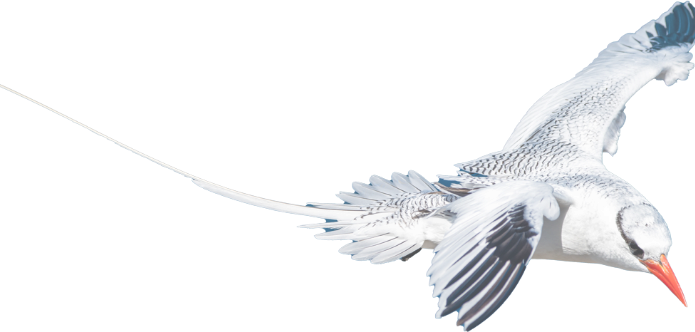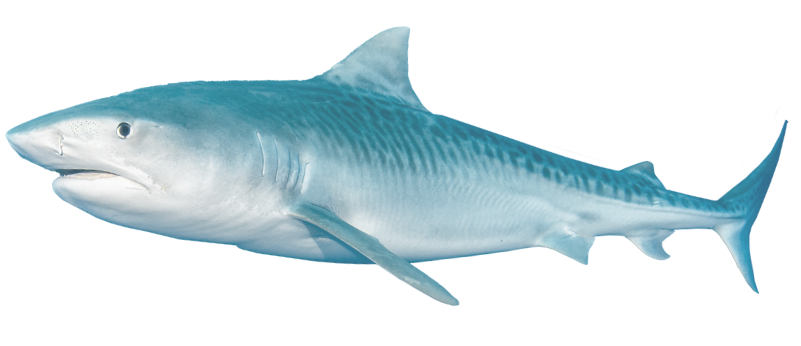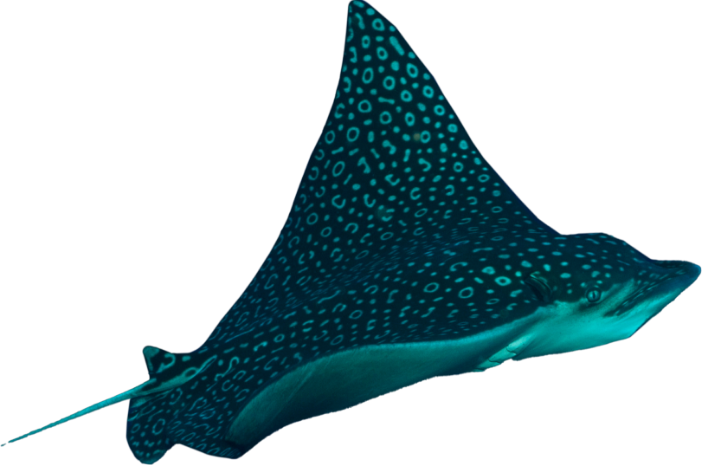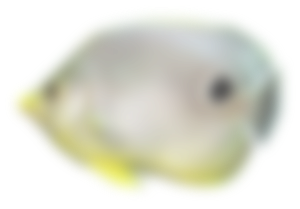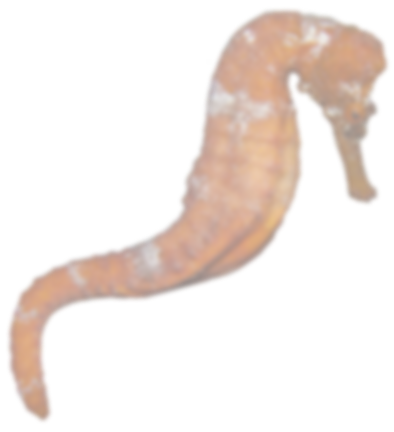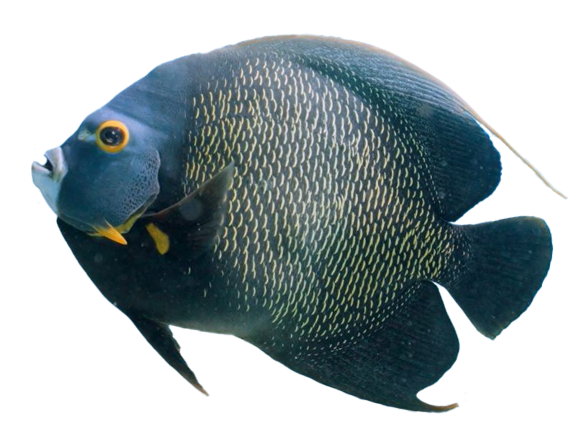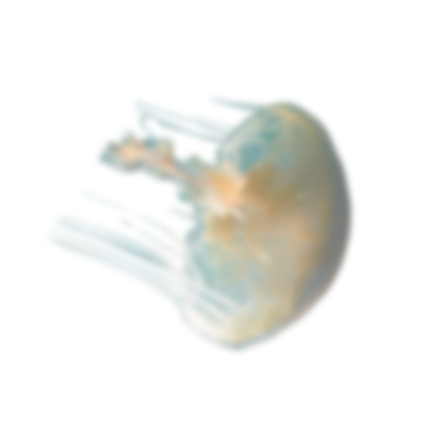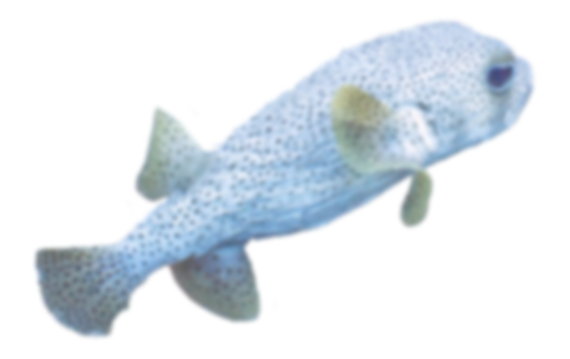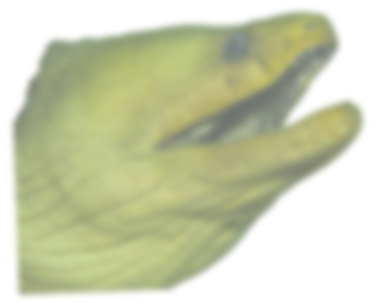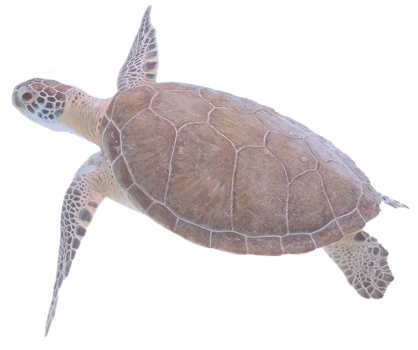DCNA’S PROJECT IN THE DUTCH CARIBBEAN

The pristine waters of the Dutch Caribbean Islands, making up 99% of the whole of its territory, is home to some of the richest biodiversity, and their coral reefs make up some of the only healthy, living reefs left in the Caribbean. Habitats range from coral reefs, seagrass meadows and mangroves, to rocky reefs and sandy beds, which provide homes for breathtaking marine life such as dazzling angelfish and mesmerising squid. Together, these habitats can support a healthy, functioning ecosystem, which are currently threatened by ocean warming, acidification, and an increase in storms, all of which threaten coral reef survival. These diverse ecosystems are a magnet for tourism and the most important source of income for residents of the Dutch Caribbean.
Nature on the islands is unique and important, but it is also fragile. Protecting the vast marine treasure of the Dutch Caribbean will benefit the Island’s historic fishery, combat climate change, protect the coastline, and provide recreation and wellbeing experiences.
This Ocean Observatory aims to complement the work being done by the Dutch Caribbean Nature Alliance (DCNA) and Blue Marine Foundation within these islands by encouraging curiosity, increasing knowledge and inspiring the next generation to care for our oceans.

ABOUT DCNA
The Dutch Caribbean Nature Alliance (DCNA) is a nonprofit organization created to safeguard nature in the Dutch Caribbean through supporting Conservation and Protected Area Management Organizations, such as Aruba (FPNA), Bonaire (STINAPA), Curacao (CARMABI), Saba (SCF), St. Eustatius (STENAPA), and St. Maarten (NFSXM).
Visit DCNA’s Website for more information.

ABOUT BLUE MARINE
Blue Marine Foundation is a UK-based charity dedicated to restoring the ocean to health by addressing overfishing, one of the world’s biggest environmental problems. We are committed to creating marine reserves, restoring vital habitats and establishing models of sustainable fishing. Our mission is to protect 30% of the ocean by 2030 and ensure that the remainder is effectively managed.
Visit Blue Marine’s website for more information on their work in the Dutch Caribbean.
FINISHED EXPLORING BENEATH THE DUTCH CARIBBEAN WAVES?
Click the button below to discover the underwater water world of the British Isles in Jersey (Channel Islands) and Berwickshire (Scotland).
How do these Ocean Observatories compare to the Dutch Caribbean’s?
Visit the JERSEY OCEAN OBSERVATORY
Visit the BERWICKSHIRE OCEAN OBSERVATORY


